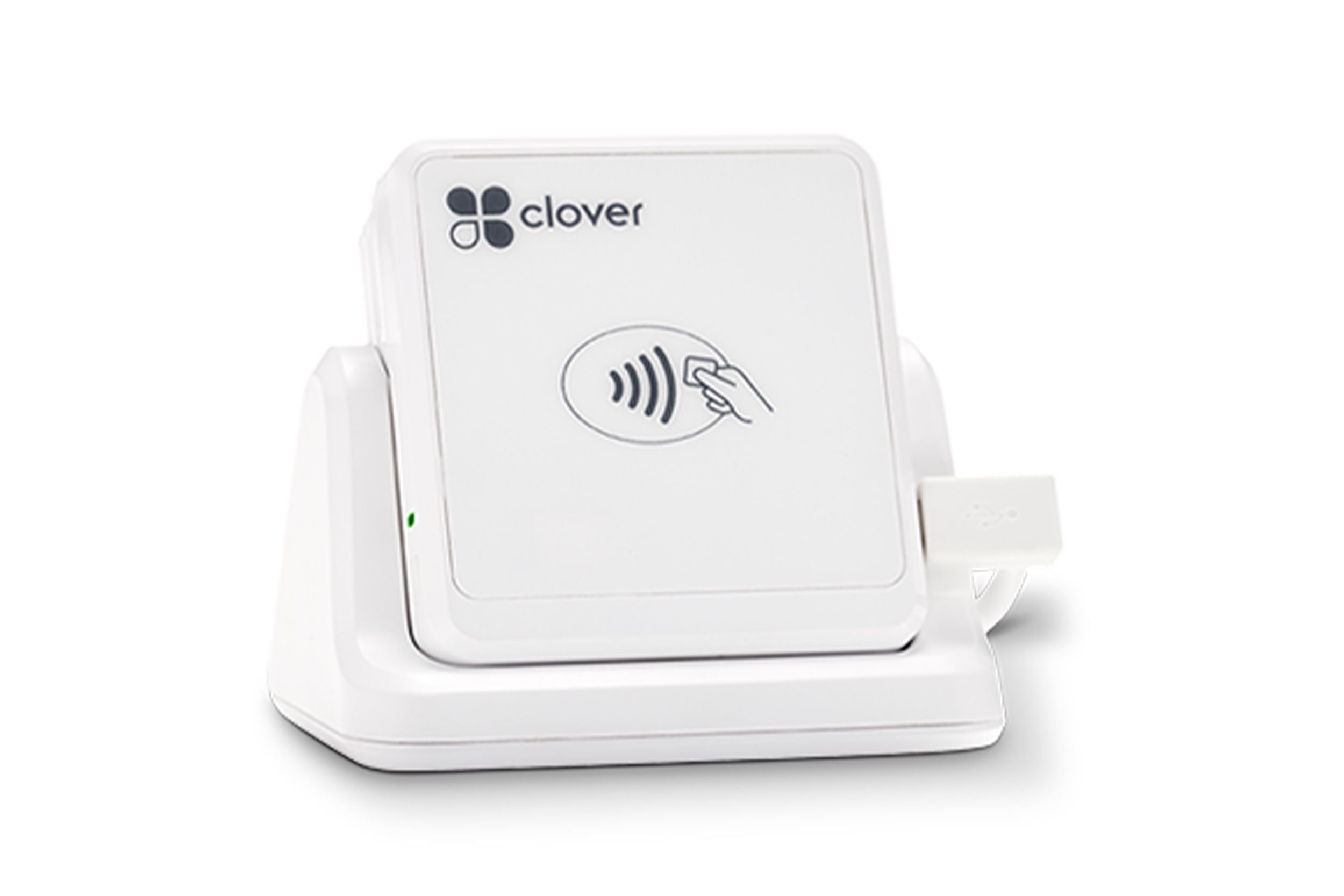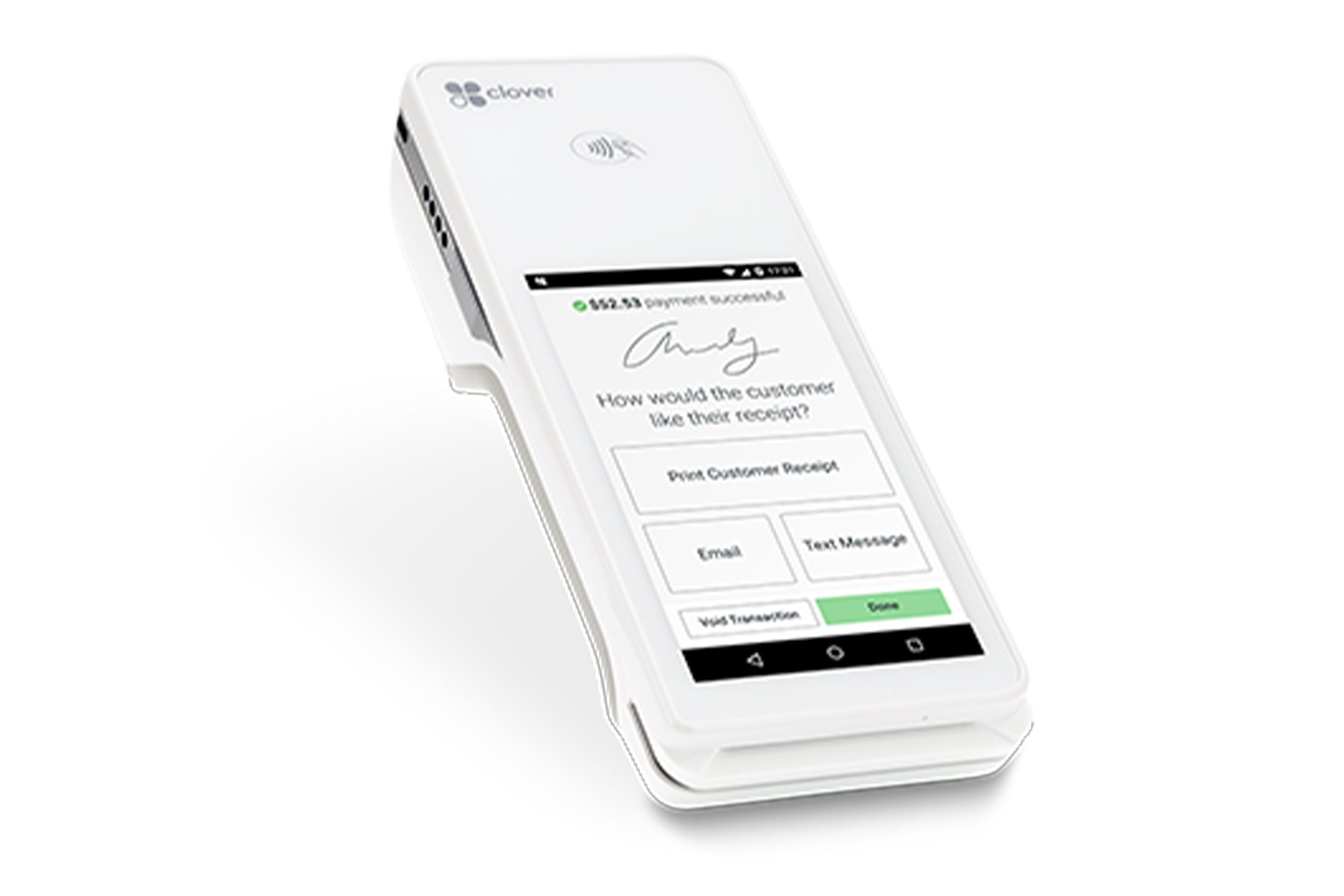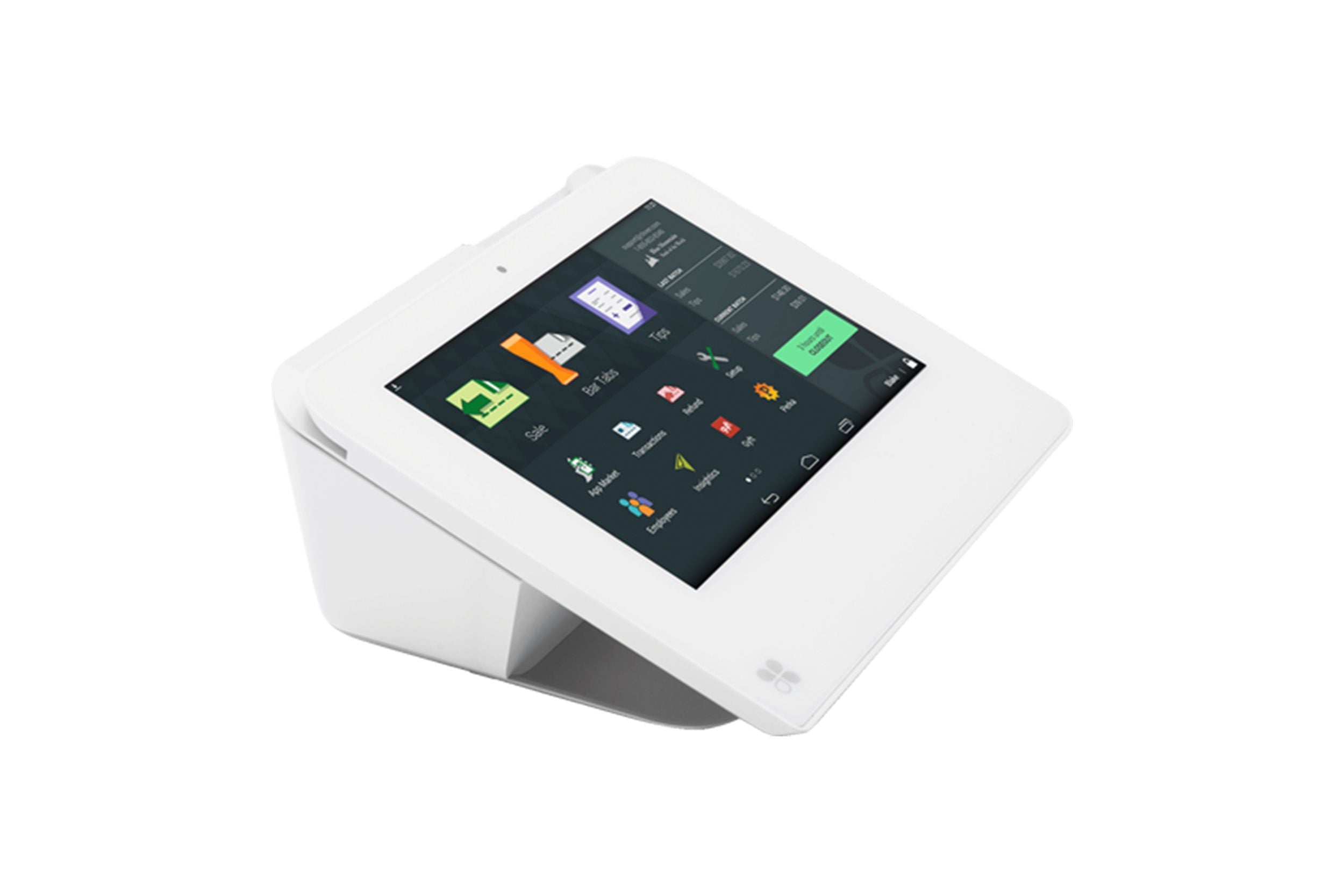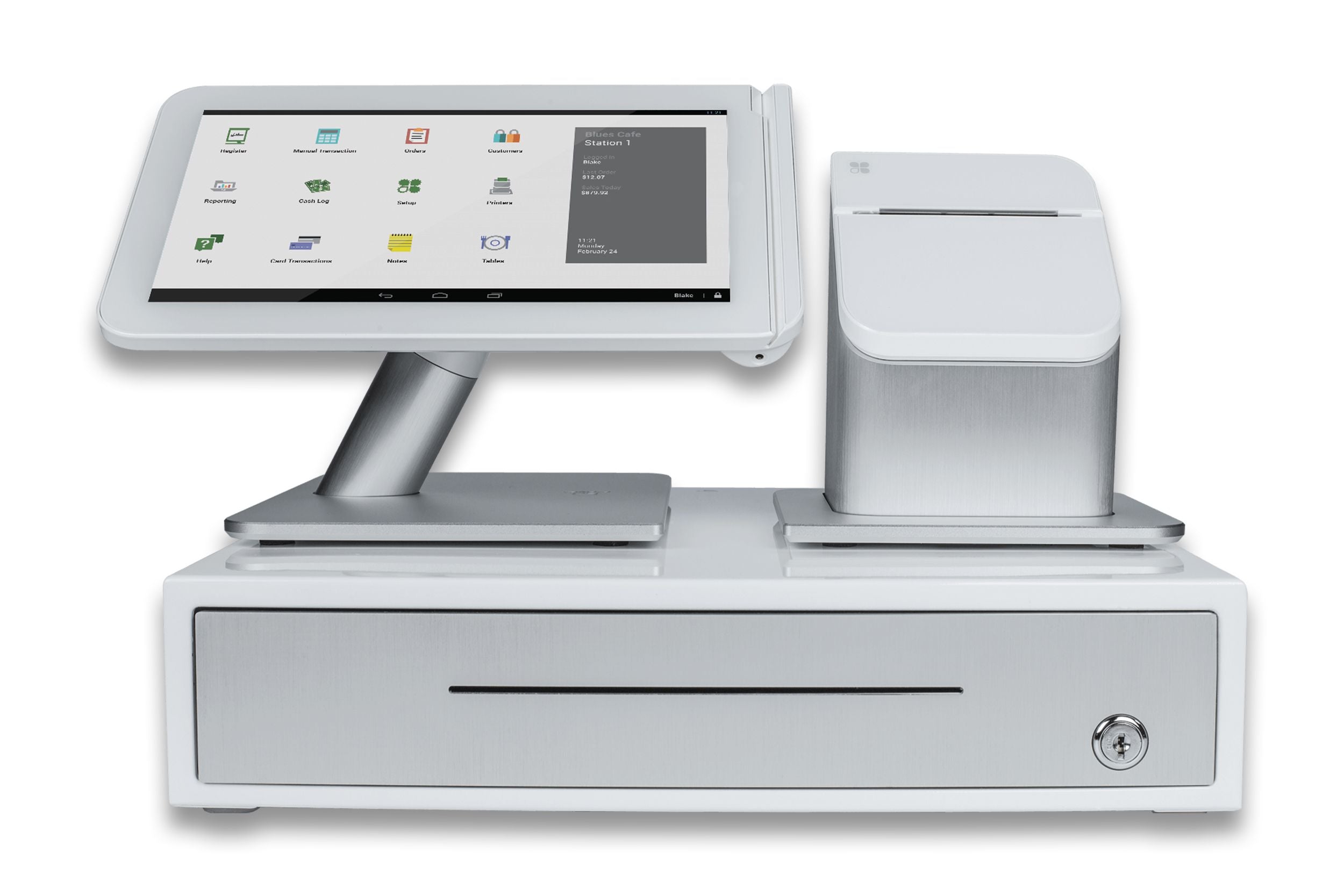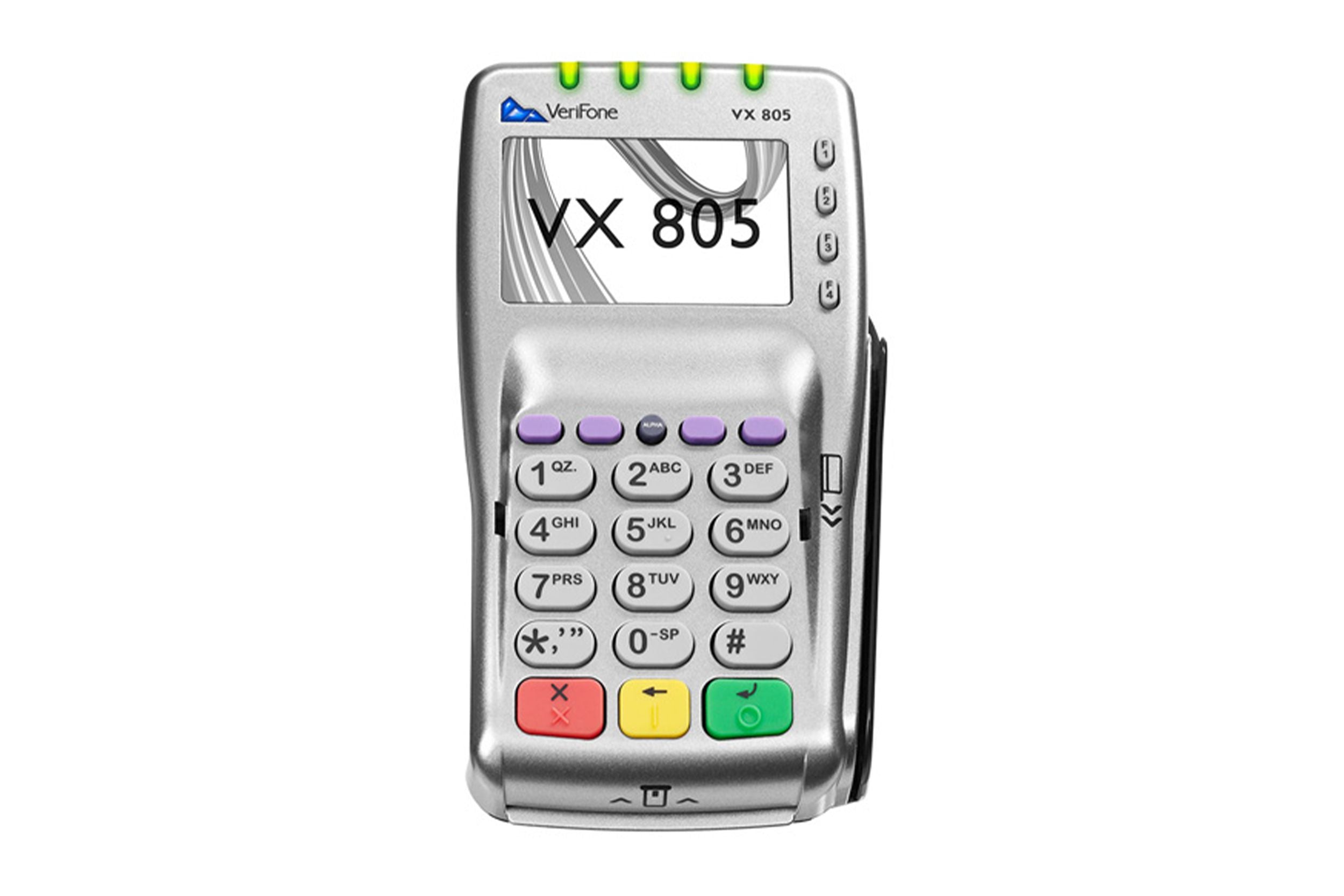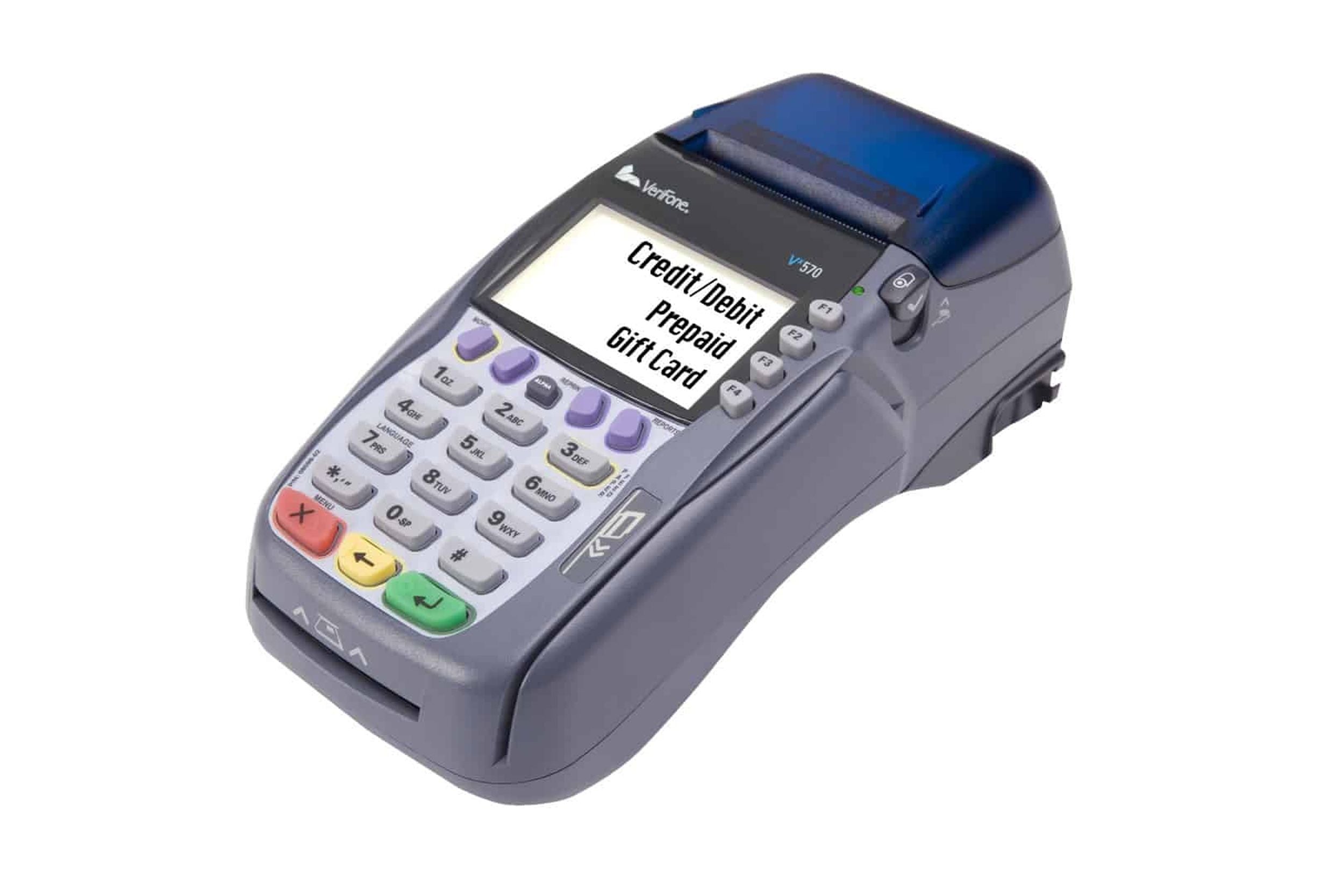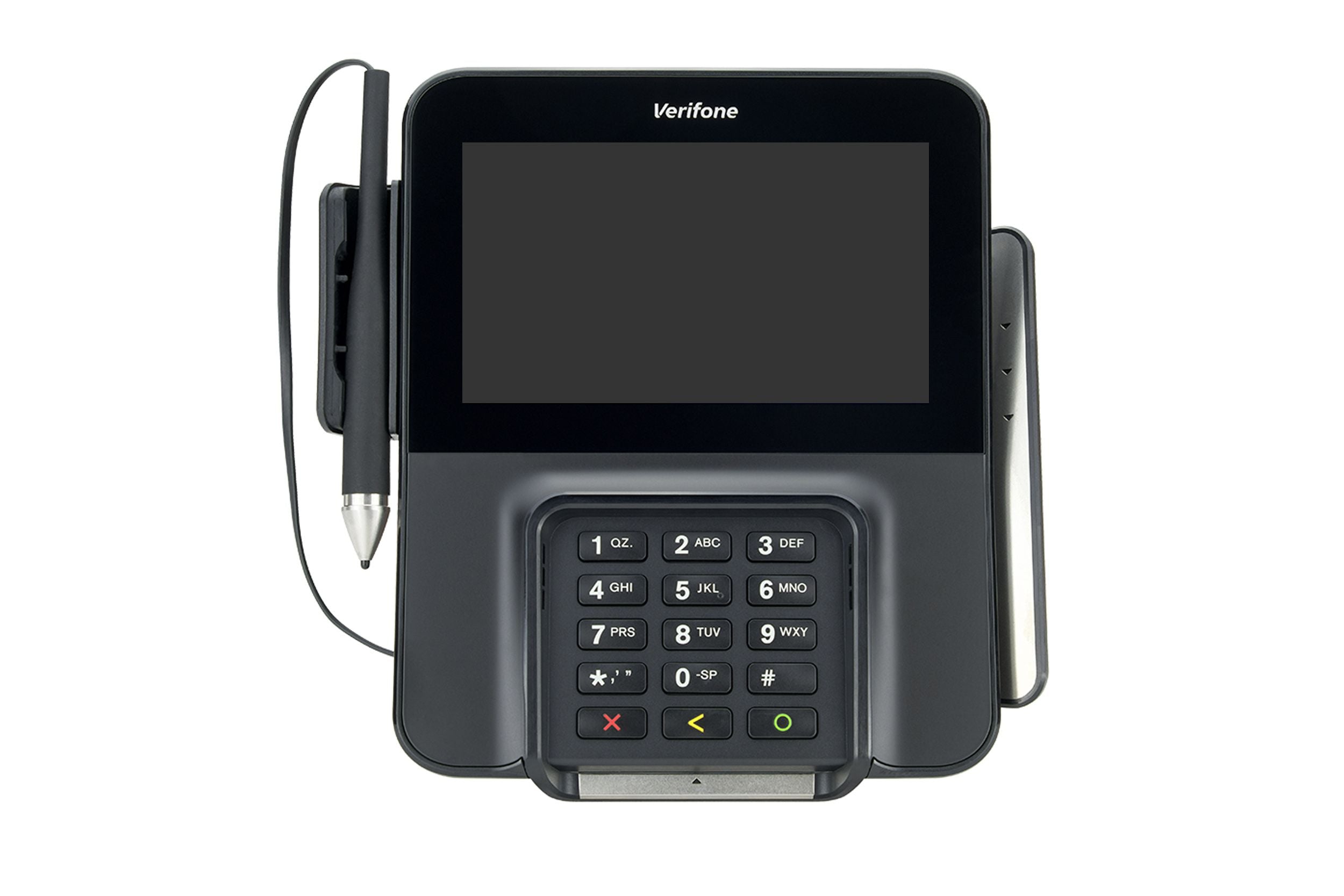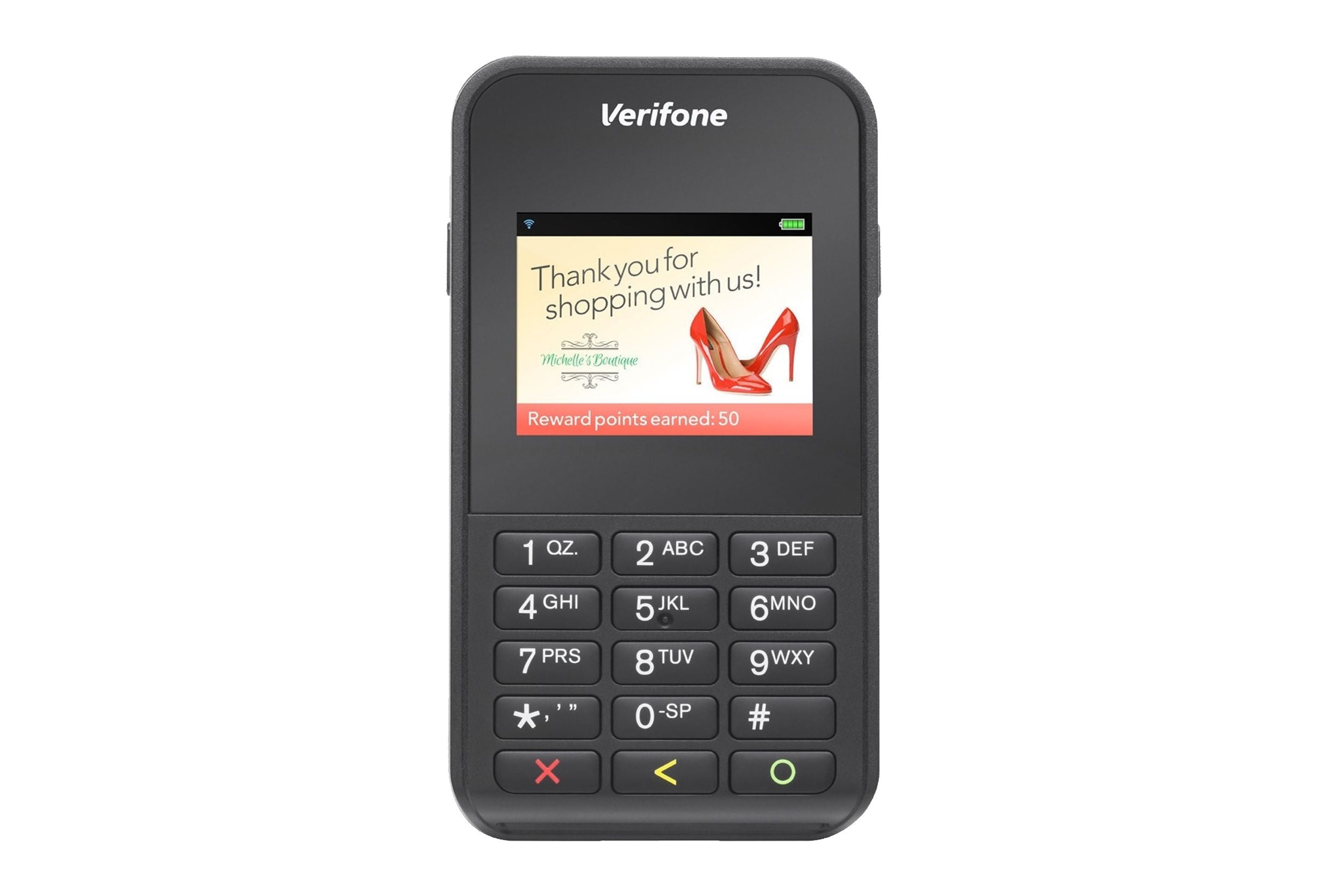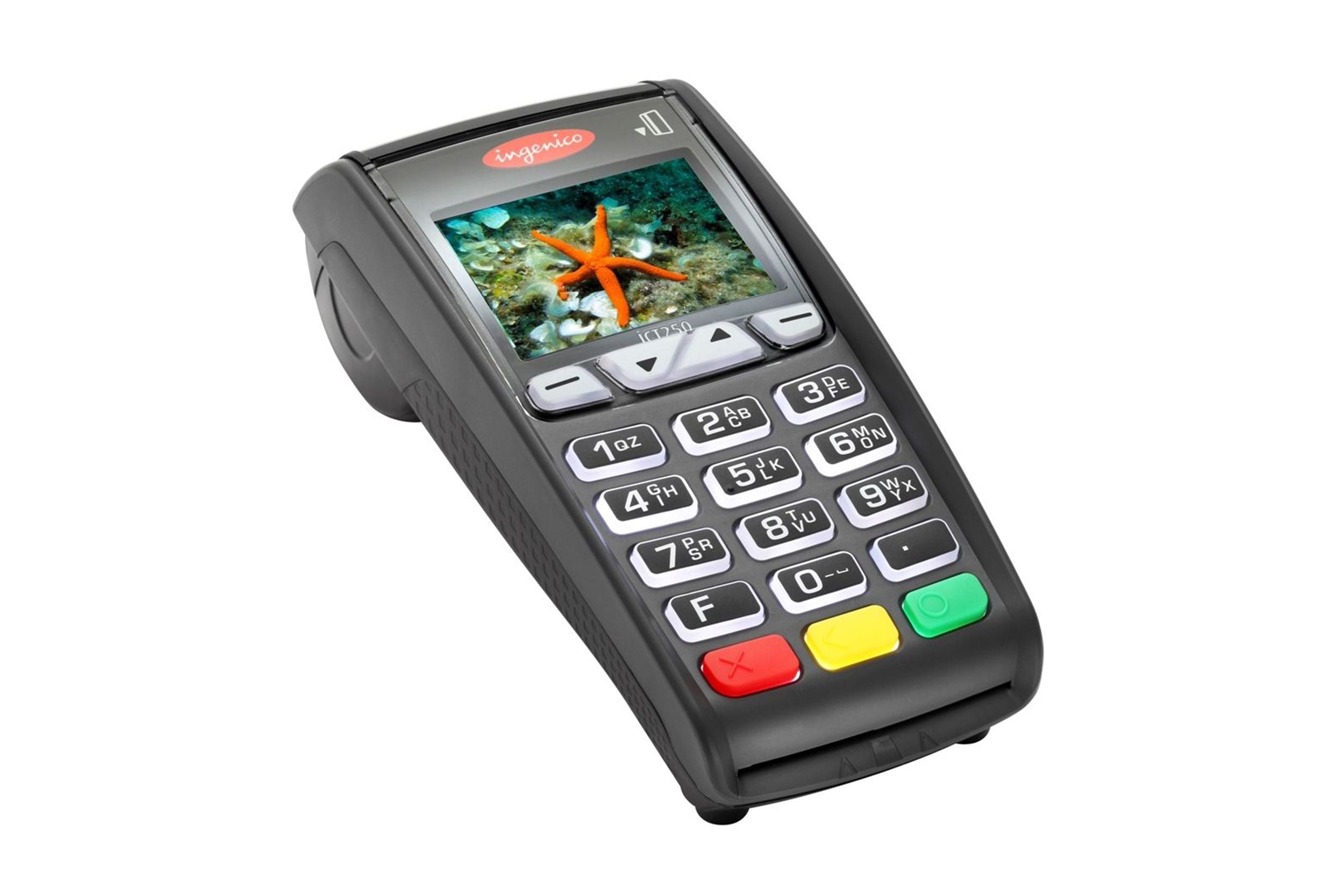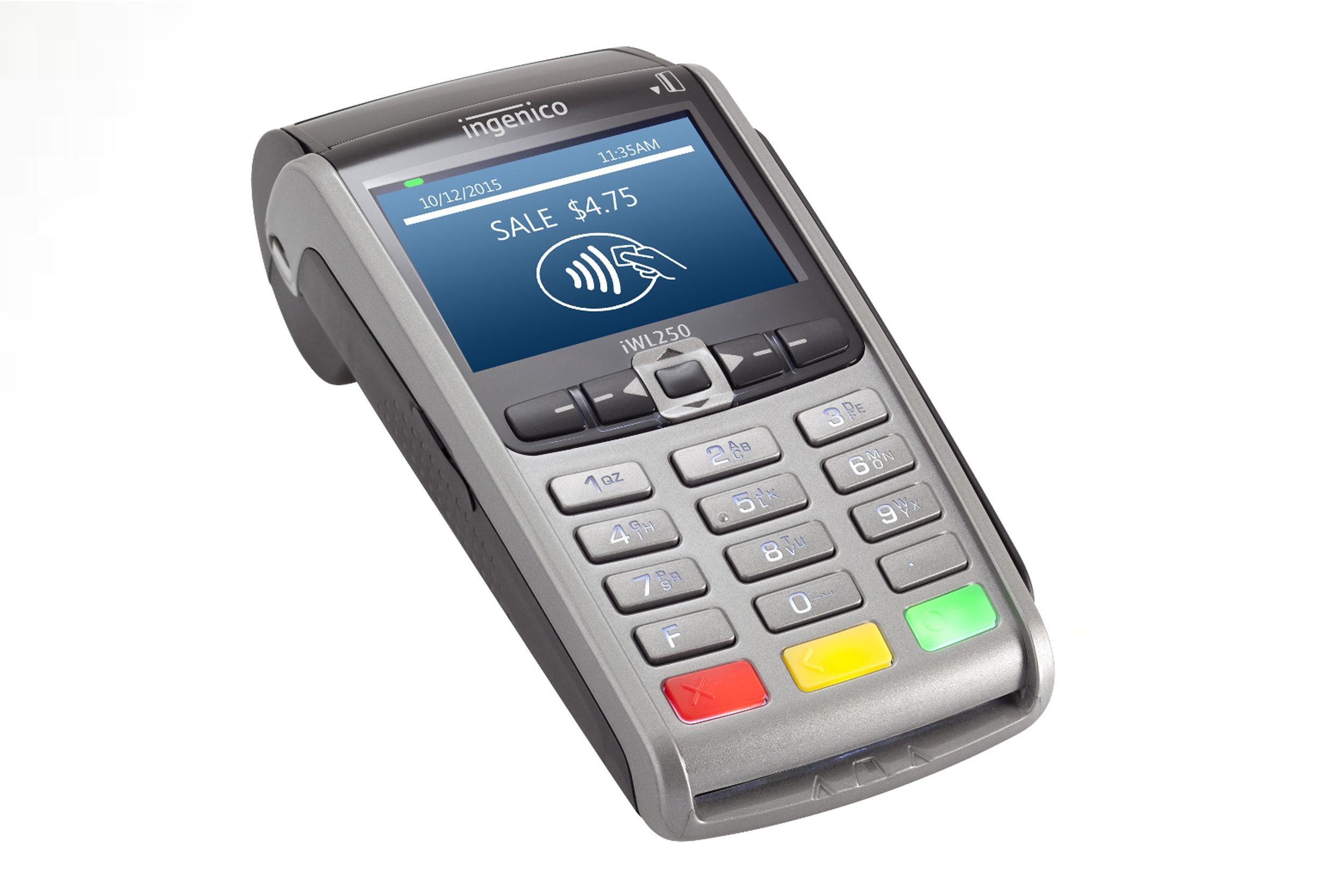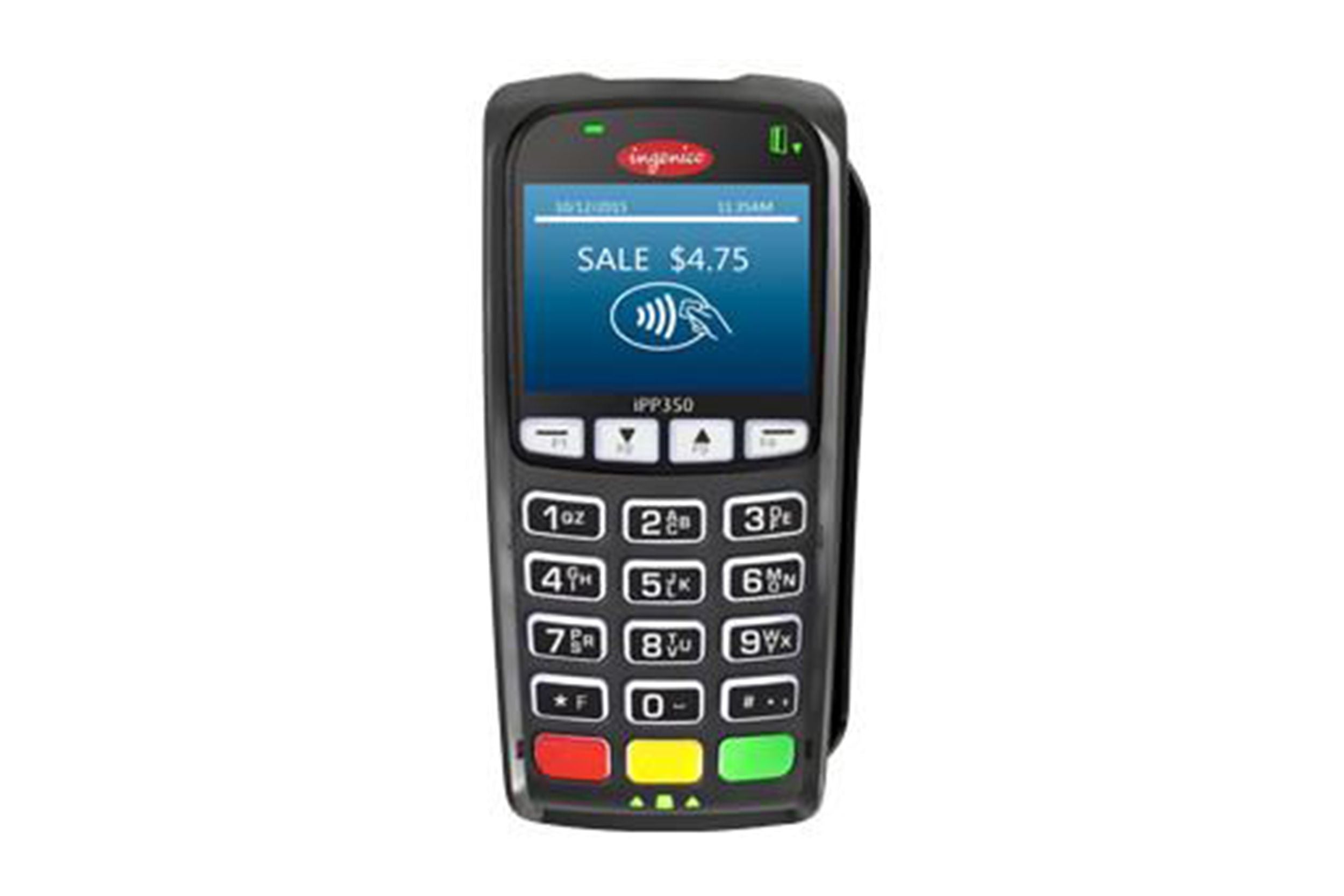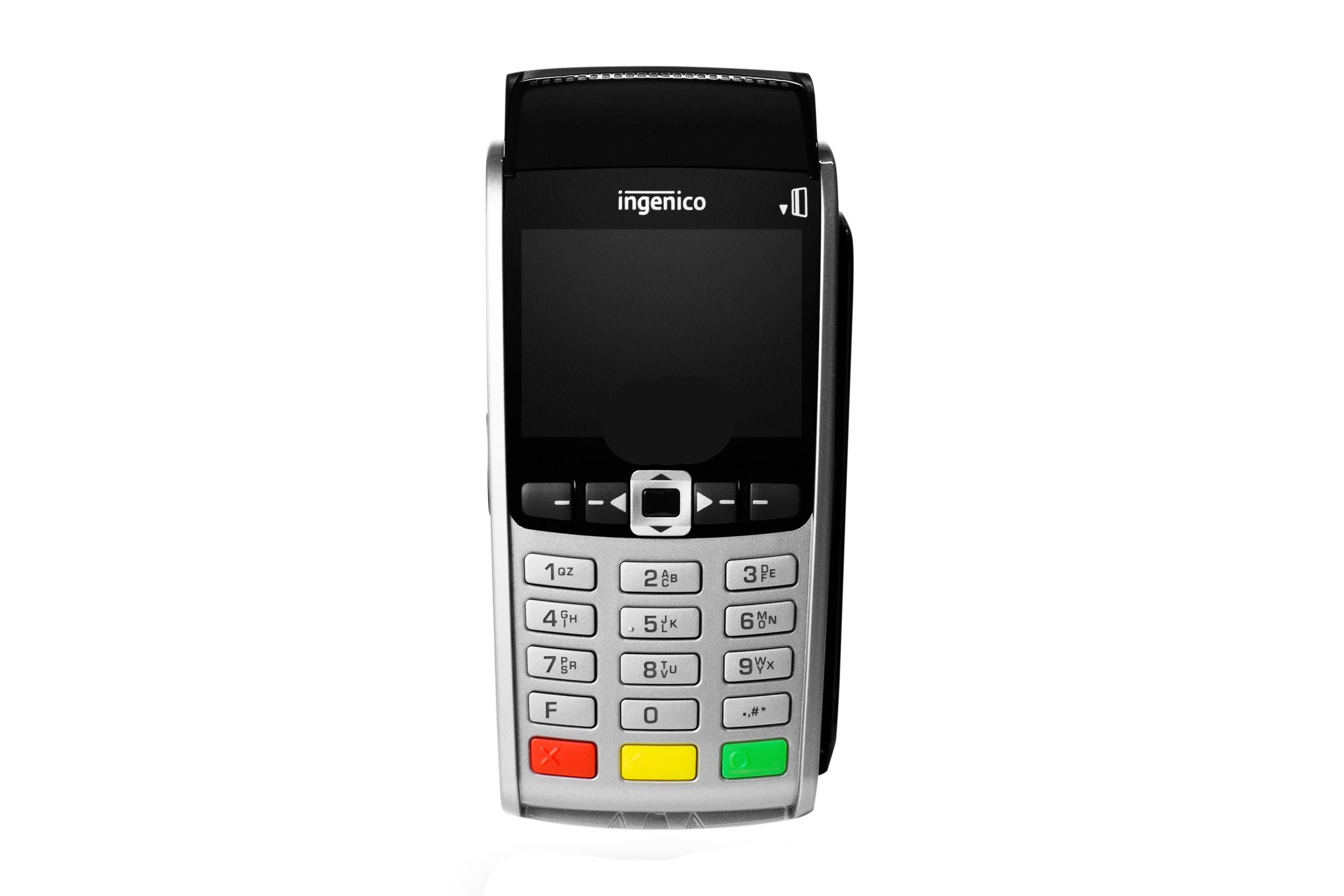
Explore our collection showcasing the latest in mobile and card readers! Here you will find a versatile array of compact and efficient payment solutions tailored to meet the dynamic needs of modern businesses on the go.
Discover a range of sleek and portable mobile card readers that allow you to accept payments anywhere, anytime. Whether you're a small business owner... Read More

FAQs
How does mobile card readers work?
What are mobile & card readers used for?
What are the benefits of a mobile & card readers?
Using mobile and card readers offer several benefits:
- Convenience: Enables businesses to accept payments anywhere, anytime.
- Increase Sales: Customers are more likely to make purchases if they can pay with cards.
- Security: Transactions are encrypted and secure, reducing the risk of fraud.
- Track Transactions: Helps businesses track sales and manage inventory more efficiently.
- Professionalism: Enhances the business's image and credibility by offering modern payment options.
- Quicker Payments: Speeds up the checkout process, leading to faster transactions.
What are the functions of a mobile & card readers?
The functions of mobile and card readers include:
- Accepting Payments: They enable businesses to accept credit/debit card payments from customers.
- Processing Transactions: They securely process payment transactions in real-time.
- Managing Inventory: Some systems can track inventory levels and sales data for better business management.
- Generating Receipts: They can provide digital or printed receipts for customers as proof of purchase.
- Security Features: They offer encryption and security features to protect sensitive payment information.
- Reporting and Analytics: Some systems provide reporting and analytics tools to track sales performance and customer trends. Mobile and card readers essentially streamline the payment process for businesses and provide a convenient way for customers to pay for goods and services.
What are the two basic types of mobile & card readers?
The two basic types of mobile and card readers are:
- Traditional POS Card Readers: These are standalone devices that connect to a point-of-sale (POS) system or a mobile device via USB or Bluetooth. They are designed for use at fixed checkout locations in retail stores, restaurants, and businesses.
- Mobile Card Readers: These are small, portable devices that can be attached to a smartphone or tablet via the headphone jack or wirelessly through Bluetooth. They are commonly used by small businesses, independent contractors, and mobile vendors to accept payments on the go. Both types of card readers offer secure payment processing and help businesses of all sizes to accept card payments easily and efficiently.
Where are mobile & card readers used?
What are the key considerations when choosing a mobile credit card reader?
How secure are mobile credit card readers?
How long does it take to set up a mobile credit card reader?
Can I accept international payments with a mobile credit card reader?
Can I use a mobile credit card reader with my existing payment processor?
What Are Mobile And Card Readers?
Mobile and card readers are devices used to process credit and debit card payments. Mobile card readers are small, portable devices that can be attached to a smartphone or tablet, enabling businesses to accept card payments on-the-go. These readers typically connect to a mobile device via Bluetooth or a headphone jack and work in conjunction with a mobile app to securely process transactions.
Traditional card readers are usually countertop devices that can be connected to a point-of-sale (POS) system or a computer. These readers are used in brick-and-mortar stores to facilitate card payments at the checkout counter.
Both mobile and card readers are essential tools for businesses looking to offer diverse payment options to their customers and streamline transaction processes. They are secure, convenient, and help businesses improve efficiency in processing payments.
Advantages Of Mobile And Card Readers
There are several advantages of using mobile and card readers for businesses:
1. Convenience: Mobile and card readers provide convenience for both businesses and customers by allowing transactions to be processed quickly and securely.
2. Increased Sales: By accepting card payments, businesses can cater to customers who prefer to pay with cards rather than cash, potentially increasing sales and revenue.
3. Portability: Mobile card readers are compact and portable, enabling businesses to accept payments anywhere with a stable internet connection, such as trade shows, pop-up events, or food trucks.
4. Security: Card readers employ encryption and security measures to protect customer payment data, reducing the risk of fraud and providing peace of mind for both businesses and customers.
5. Improved Efficiency: Using card readers can streamline the payment process, reducing the time and effort required to complete transactions compared to handling cash transactions.
6. Accessibility: Accepting card payments makes your business accessible to a wider range of customers who may not carry cash or prefer the convenience of card transactions.
7. Detailed Reporting: Most card reader systems provide businesses with detailed transaction reports and analytics, which can help with tracking sales, managing inventory, and making informed business decisions.
Overall, mobile and card readers offer businesses a convenient, secure, and efficient way to accept payments, enhance customer experience, and drive sales growth.
Types Of Mobile And Card Readers
There are various types of mobile and card readers available in the market to cater to different business needs. Some common types include:
1. Mobile Card Readers: - Chip and PIN Readers: These readers accept chip-enabled cards and require customers to input their PIN for secure transactions. - Contactless Readers: These readers allow customers to make payments by tapping their contactless cards or mobile wallets, such as Apple Pay or Google Pay. - Magnetic Stripe Readers: These readers can read the magnetic stripe found on the back of traditional credit and debit cards.
2. Smartphone/Tablet Card Readers: - Attachment Readers: These are small devices that attach to smartphones or tablets, turning them into card payment terminals. - Bluetooth Readers: These readers connect wirelessly to smartphones or tablets via Bluetooth for card processing.
3. Stand-Alone Card Readers: - Countertop Readers: These readers are suitable for stationary locations and are typically connected to a point-of-sale (POS) system. - Portable Readers: These readers are Wi-Fi or Bluetooth-enabled and allow for more flexibility in accepting payments around a store or on the go.
4. Virtual Terminal Readers: - Online Payment Gateways: These enable businesses to process card payments securely over the internet without the need for a physical card reader.
5. EMV Readers: - EMV (Europay, Mastercard, and Visa) readers are designed to accept and process chip card transactions, providing an extra layer of security compared to traditional magnetic stripe cards. Each type of mobile and card reader offers distinct features and functionalities, so businesses can choose the one that best suits their requirements and preferences.
What Are The Uses Of Mobile & Card Readers?
Mobile and card readers have a wide range of uses across various industries and businesses. Here are some common uses of mobile and card readers:
1. Retail Businesses: - Accepting in-store payments from customers using credit or debit cards. - Processing contactless payments via mobile wallets like Apple Pay or Google Pay. - Managing inventory and sales data in real-time through integrated point-of-sale systems.
2. Food and Beverage Industry: - Allowing customers to pay for their orders with cards or mobile devices at restaurants, cafes, food trucks, etc. - Enabling quick and secure transactions for takeout and delivery services.
3. Event Management: - Selling tickets and processing payments for events using mobile card readers. - Managing entry fees and merchandise sales at concerts, festivals, conferences, etc.
4. Small Businesses and Freelancers: - Enabling small businesses, independent contractors, and freelancers to accept card payments on the go. - Facilitating secure transactions for services like consulting, photography, fitness training, etc.
5. E-commerce and Online Businesses: - Integrating with virtual terminals to securely process online payments through websites or mobile apps. - Managing recurring payments and subscription services for online businesses.
6. Non-profit Organizations: - Collecting donations via card payments at fundraising events or in the field. - Offering convenient ways for supporters to contribute to charitable causes.
7. Transportation and Travel: - Processing payments for transportation services, such as taxis, rideshares, and rental cars. - Simplifying ticket purchases and payments for public transport systems.
8. Healthcare Industry: - Allowing healthcare providers to accept patient payments using secure card transactions. - Managing insurance co-payments and billing processes efficiently.
These are just a few examples of how mobile and card readers are utilized in different sectors to streamline payment processes, improve customer convenience, and enhance business operations.
What Are The Safety Measures For Mobile & Card Readers?
To enhance the safety and security of mobile and card readers, consider implementing the following safety measures:
1. Use Secure and Trusted Devices: - Ensure that mobile devices and card readers are from reputable manufacturers and have security features such as encryption and tamper-resistant components.
2. Enable Security Features: - Activate security features like PIN protection, biometric authentication, and encryption on mobile and card reader devices to safeguard payment data.
3. Regular Software Updates: - Keep mobile applications and card reader firmware up to date to patch security vulnerabilities and protect against emerging threats.
4. Secure Network Connections: - Utilize secure networks, such as encrypted Wi-Fi connections or mobile data, when processing payments to prevent unauthorized access to sensitive information.
5. Implement Multi-Factor Authentication (MFA): - Require users to provide multiple forms of authentication (e.g., password, biometric data) to access mobile and card reader systems, adding an extra layer of security.
6. Monitor Transaction Activities: - Monitor transaction logs and account statements regularly to detect any suspicious or unauthorized transactions and take immediate action if fraudulent activity is identified.
7. Secure Payment Data Storage: - Avoid storing sensitive payment data on mobile devices or card readers and utilize tokenization or encryption methods to protect data at rest and in transit.
8. Train Users on Security Best Practices: - Educate employees and customers on safe payment practices, including the importance of safeguarding card information, recognizing phishing attempts, and reporting suspicious activities.
9. Compliance with Regulations: - Adhere to industry standards and regulatory requirements, such as PCI DSS, to ensure the secure handling and processing of payment information.
10. Regular Security Audits: - Conduct periodic security assessments and audits of mobile and card reader systems to identify vulnerabilities and implement remediation measures proactively.
By following these safety measures and maintaining a strong focus on security practices, businesses and individuals can minimize the risks associated with mobile and card reader transactions and protect sensitive payment data from potential threats.

